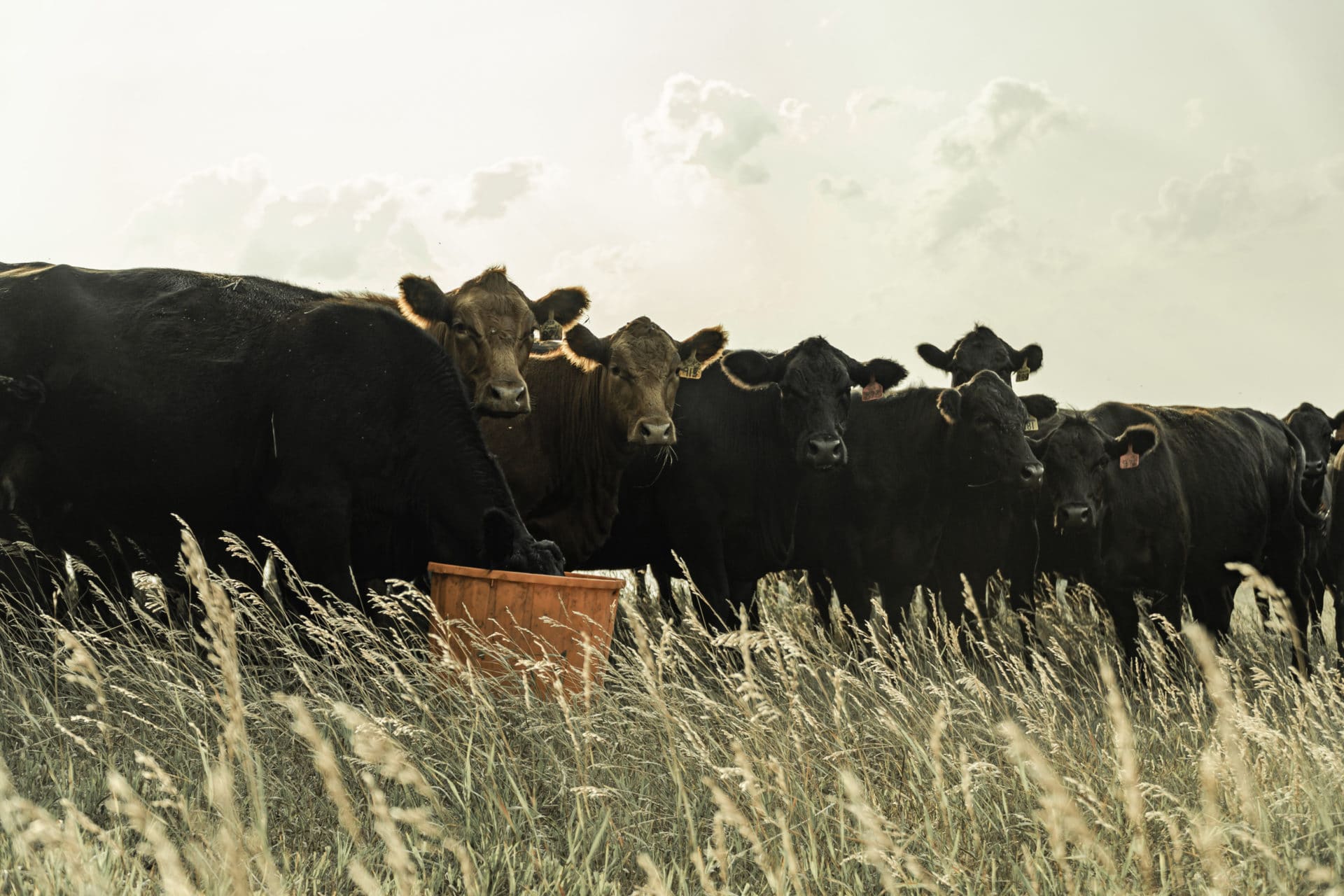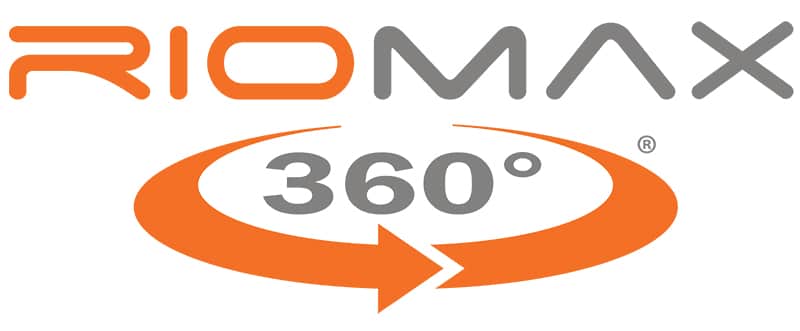Last updated on October 11th, 2023 at 04:26 pm
Drought. It isn’t going away, and if anything, it seems to be getting worse.
That means pastures, if they get any spring rains at all, will wither and turn brown soon for lack of soil moisture to carry the country through the summer. Likewise, hay will be short and expensive.
How high hay could go is anybody’s guess. But previous years tell us hay prices could hit $200 per ton or more for good quality meadow grass round bales. Let’s break that down to cost per head per day.
Hay Cost Breakdowns
First, assume hay prices on a higher plane at $225 per ton. If your cows eat 30 pounds per head per day over the winter, your cost is $3.37 per head per day.
Now assume you can buy hay at $200 per ton. Your cost is $3 per head per day.
Finally, consider hay at $175 per ton. At that price, your cost per head per day comes out to $2.62 at 30 pounds of hay.
A look at the USDA Ag Marketing Service website shows hay prices are highly variable by region, type and quality. So those prices above are for illustration, but looking back at the past several years shows they’re not out of line.
At times like these, cutting input costs to the bone seems the wise thing to do. However, it’s wise to think again.
Consider Your Cattle Mineral Program.
Just like hay, the quality of your mineral makes a difference. Research shows that inorganic compounds aren’t well absorbed by the animal. Organic or chelated minerals are more easily absorbed. So, while inorganic mineral may cost less per pound or ton, but if your cows are consuming 3 pounds or more per day, it’s actually pretty expensive.
Now look at the other end of the mineral price spectrum. Riomax® tubs are, per ton, the most expensive mineral on the market. But applying a little skull work to the equation shows that Riomax® tubs are actually very low cost over time. In fact, feeding Riomax® mineral and vitamin supplement actually puts money in your pocket.

Sound too good to be true? More and more beef producers are learning for themselves that it very true indeed.
Low Consumption Lick Tubs, Low Cost to Feed
That’s because consumption per head per day for Riomax® tubs averages between 1/8 - 1/3 of a pound. What’s more, Riomax® tubs provide more than just vitamins and minerals. The product also includes digestion enhancers that help cattle squeeze more out of every bite by feeding the microorganisms in the rumen. That, in turn, helps the bugs feed the cow.
In fact, beef producers who have been feeding Riomax® tubs will tell you that they see from 15% to 30% reduction in hay consumption.
Daniel Schwab: +12 cents per head per day
That’s what Daniel Schwab’s experienced. The Meyronne, Saskatchewan, cattleman remembers how adding Riomax® to his winter feed program saved him in hay cost.
“In the fall of 2018 we were so short on hay that we needed to purchase it,” he said. “The hay was costing us $120 per bale that year. We started on Riomax® later that fall with hopes of just stretching the hay to last us longer.”
However, 14 days into feeding Riomax® tubs, he noticed the cows were leaving more hay behind than usual. “On day 21, I cut back from nine bales a day to eight bales a day. That saved us 33 cents per head per day on hay. Riomax® costs me 21 cents per head per day. The hay savings alone was paying for the Riomax® and putting 12 cents per head per day in my pocket.” Spread out over 300 head, that adds up.
Kurt Luoma: 34 cents saved per head per day
Kurt Luoma saw similar hay savings. He started feeding Riomax® in 2018 and saw hay consumption drop from 30 pounds per head per day to 25 pounds, or 16.7%. With hay at $135 per ton then, the 5 pounds less of hay consumed saved 34 cents per head per day. For 460 head over 210 days, the Phillipsburg, Mont., rancher realized a savings of $32,844 for the season.
That was in 2018 when hay and Riomax® both cost less. The average cost per head per day on a semi load of Riomax® tubs now is 38 cents.
What's Hay Costing YOU? Let's Pencil It Out.
At $175 per ton...
...and assuming a cow is consuming 30 pounds per day, the cost per head per day per cow is $2.63. If your cows are consuming 15% fewer pounds of hay per day, that lowers the daily hay cost to $2.24, which is 39 cents less.
At the lower end of the hay savings scale, you’re essentially feeding Riomax® at zero cost.
The midpoint in the range of hay savings is 22.5%. At that level, Riomax® is putting money in your pocket. Here’s how:

At 22.5% reduced hay consumption, assuming $2.63 per day per cow at 30 pounds, your hay cost drops to $2.04. That’s 59 cents per day less in hay cost. Subtract the average cost for Riomax® and you’re putting 16 cents per day per cow in your pocket.
Now let’s run the numbers with hay at $200 per ton.
That’s 10 cents per pound. Feeding 30 pounds per head per day, your cost is $3. Cutting hay consumption 15% per day puts your daily hay cost per cow at $2.55, saving you 45 cents.
Add in the cost of Riomax® at average consumption, and you’re still saving 2 cents per cow per day at 15% hay savings. Over 100 head, that’s $2 per day going right back into your pocket.
At 22.5% reduction on $200 per ton hay at $3 per head per day, your daily cost per cow drops to $2.33 or 67 cents savings. With Riomax® in the mix, that’s a 24-cent-per-head-per-day return on your cost.
Now consider hay at $225 per ton
At 30 pounds per head per day, that comes to $3.38. With a 15% reduction in hay consumption, your cost drops to $2.87, or 8-cents-per-head-per-day to the upside (after calculating in the cost of Riomax®).
At the midpoint, 22.5% reduction in hay consumption, your upside shoots to 33 cents. That’s per cow per day. That means you have the potential to add $33 per day to your bottom line for every 100 cows you own.
Even if you only feed hay for three months, you’re saving $2,970 per 100 head. If you ranch in colder country like Schwab and Luoma and feed for 210 days, that’s $6,930 over 100 cows.
Crunch the Numbers on Your Operation
Each operation will be different, so it’s important to do the math based on your numbers. But the numbers in the example are real. The amount of hay savings comes from beef producers who supplement with Riomax®, salt and water during the winter hay feeding season.
And the stories are not unusual. Riomax® tubs are popping up in pastures and drylots across the country because they work and the results are real.


